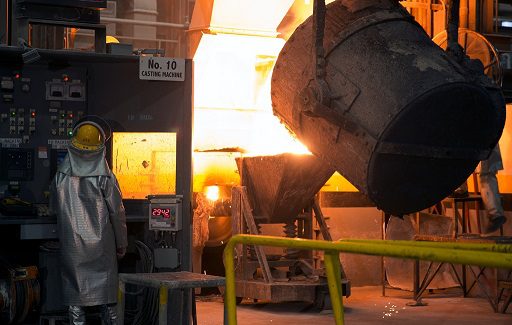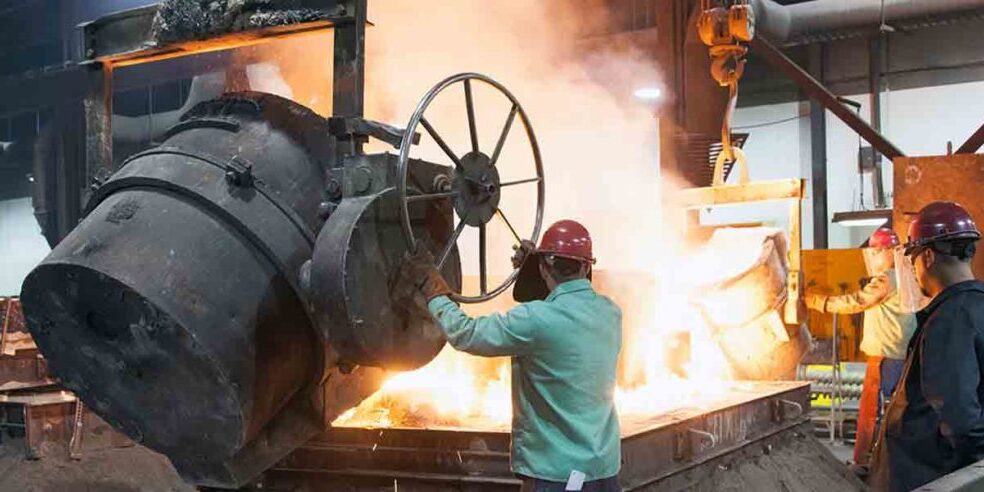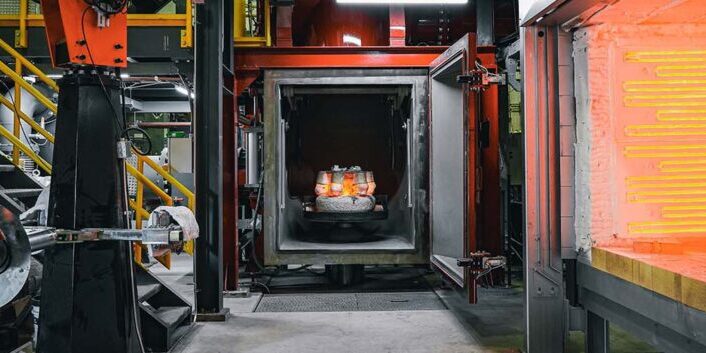Blog How To Select Suction Roll Shell Material For Pulp And Paper Applications

There is a significant difference among suction roll shell alloys. When properly selected, the material will withstand the aggressive corrosive attacks of white-water chemistry and temperature, felt cleaning chemicals, machine speed, roll load, and cyclic stresses of operation.
Sandusky brings you more suction roll shell specific manufacturing and metallurgical experience than any other company in the world. Our suction roll shell materials were designed specifically for the paper machine operating environment and we can help you choose the right material for your application.
Selection of the optimum suction shell material should be based on five specific factors:
- Critical crack growth resistance – This is a measure of the maximum size crack that can be tolerated without self-propagation leading to a rapid shell failure and is the best predictor of suction roll shell performance. Critical crack growth resistance relies on corrosion resistance, corrosion-fatigue resistance, and low tensile residual stress.
- Corrosion resistance – The increasing use of aggressive bleaching agents, whiteners, brighteners, and cleaning agents demands that a highly corrosion-resistant material be specified to ensure long roll life.
- Corrosion-fatigue resistance – This is the tendency of a metal to fracture or crack from the corrosive environment and repeated cycling. Residual stresses from the manufacturing process, the applied stresses when the roll is nipped, and repeated cyclic stresses are cumulative. The higher the combined stress, the lower the corrosion-fatigue resistance. Most cracks begin in the ID of the shell where stresses are greatest. Applied stress cannot be avoided. Nip load, vacuum, and felt or wire tension all generate applied stress. Applied stress alone can eventually cause the failure of the suction roll shell, especially in the presence of a corrosive environment. Simply, the higher the applied stress, the lower the number of operating cycles to failure.
- Low tensile residual stress – Residual stress induced in the manufacturing process can be avoided and is largely dependent on the shell’s cooling rate. That rate is determined by the metallurgy of the suction roll shell material.
- Experience with current roll shell material – Sandusky’s patented Alloy 86, DSA06, and Alloy EPV have the lowest residual stresses of any duplex stainless steel for suction roll shells. This low residual stress is generated via proprietary processes and unique suction roll shell metallurgy.
The combination of very low residual stress and very high corrosion resistance gives Sandusky alloys the best critical crack growth resistance – a resistance that is up to eleven times greater than competitive materials.
For more information about how Sandusky can help you, please contact us.



